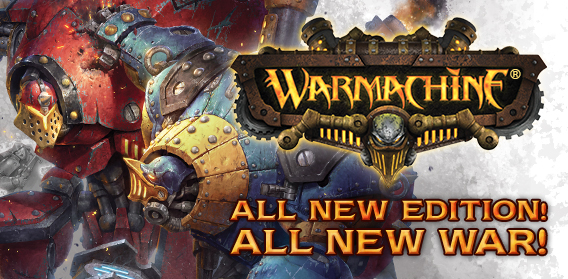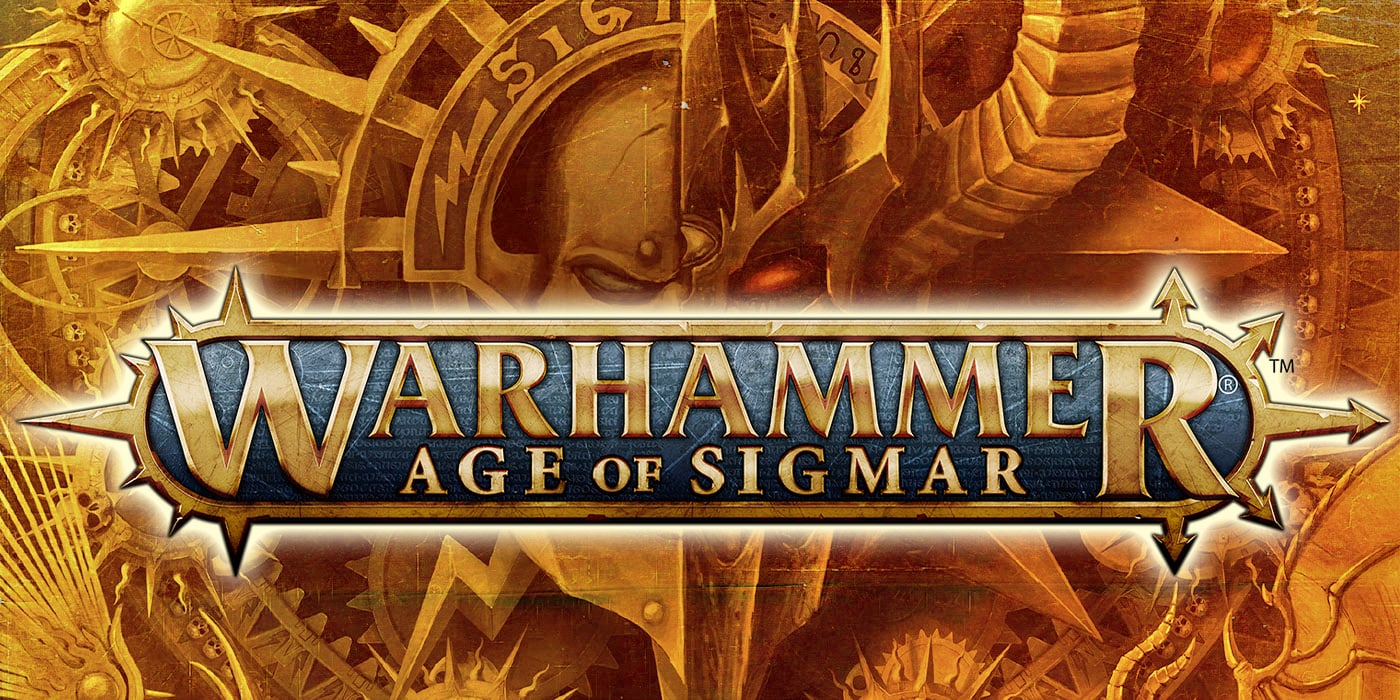PP: Warmachine Mk III – Advancing the Narrative


The Lead Writer for Warmachine and Hordes sits down to talk about the NEW state of the World for Immoren!
Warmachine & Hordes Mk III is going to shake-up the game for sure, but it’s also going to impact the story of Immoren! Doug Seacat takes us on a quick tour of what’s in store for the narrative aspect of Warmachine.
via Privateer Press
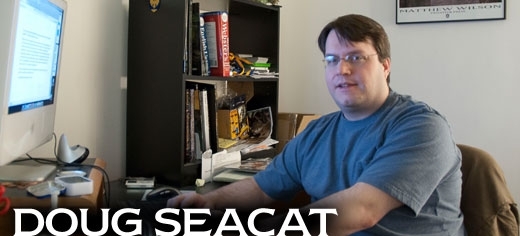
For me, one of the big aspects of entering into the new editions was the chance to jump ahead in time. This allowed us to set a number of changes and advances in motion, for individual characters as well as larger aspects of the setting itself. At the end of our Mk II narrative, we were at the beginning of 609 AR, while the new editions move us well into 611 AR. What can happen in two years? Well, quite a lot as it turns out!
Early in the process, the creative team debated how far we could or should take this time jump. We considered the notion of a big jump, like a decade or more, which would have allowed us to make similarly drastic changes. This had its appeal, but we quickly realized this wasn’t necessary for our needs and would bring with it a lot of headaches and problems. In particular, doing a massive jump would have a strongly detrimental impact on many of our core characters. The larger the time jump, the less relevant many of our established casters would have become. It would have been theoretically feasible to “retire” older casters, but frankly we weren’t ready to do that just yet.
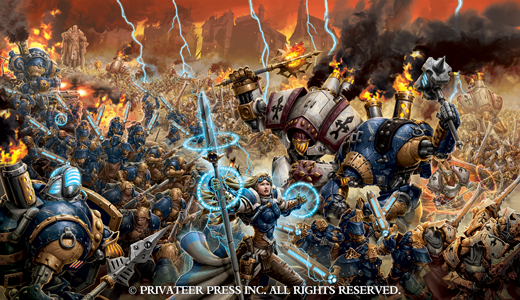
Many of our characters were still at early phases in their development, and even among the more evolved ones, we realized we still had a lot of stories we wanted to tell about them. Frankly, I was relieved when we kept the time jump more modest—it was hard for me to even get my head around how we’d handle a huge time jump and its impact on more than a hundred major named characters. This would also have probably forced us to have a few die of old age. (Looking at you, Severius, but also Nemo and a couple other old-timers.)
We landed on two years as the sweet spot. This allowed a reprieve from the current war for our major embroiled Factions, as well as a bit of rebuilding and regrouping before launching into the next conflicts. Our setting is all about conflict, and war is vital for both WARMACHINE and HORDES. This doesn’t mean we need to have everyone at war with everyone at all times, of course. Conflicts come and go, as do periodic alliances, and some factions are more at odds with certain rivals than others. But if there’s one thing you can count on in the Iron Kingdoms, it’s that on any given day, there’s the potential for bloodshed and mayhem. With a two-year jump, our already-established characters could undergo significant changes, but would still be recognizably the same, and we could advance world events to provide a good launching point for new stories.
Advertisement
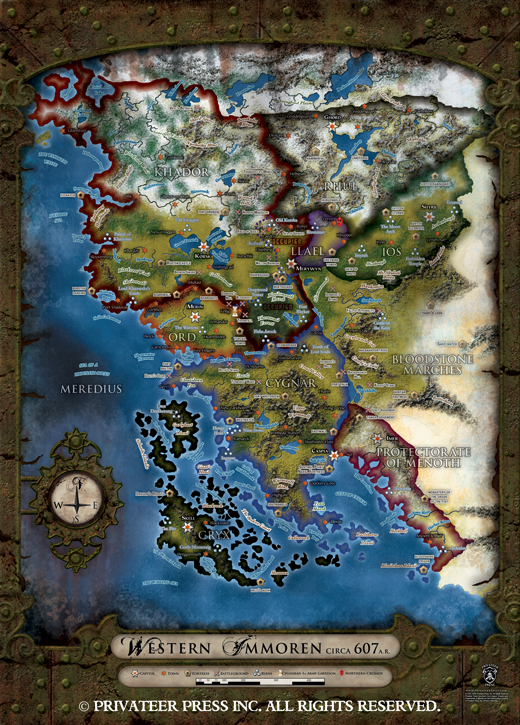
One of the things we wanted to lay the groundwork for in this time jump was a chance to spread out our theaters of war and conflict zones. This is more of a long-term plan than an immediate one, and some of the fruits of these efforts won’t be immediately felt but will come into play over time. Even before 608 AR, we had started to plant seeds for this, expanding our depiction of the entire continent of Immoren, revealing other nearby areas, and expanding the involvement of the Iron Kingdoms abroad. By 611 AR, these efforts have progressed further, allowing us to open our insular corner of the world and kick off the start of an age of discovery and exploration. Multiple private corporations and governments have seen the potential of funding expeditions abroad, hoping to exploit resources in places like Zu, Alchiere, and the Shattered Spine Islands.
Being able to get a bit beyond the former edges of the map is exciting. We’ve certainly fought enough wars in the Thornwood! (No offense to Madrak Ironhide, but even he seems to have given up on that place.) This isn’t to say all of our upcoming conflicts will take place abroad, of course. There will still be plenty of fighting taking place within the Iron Kingdoms. But having Factions with interests in different places allows us to stretch our legs and potentially try on some new environments.
The impact of this time jump on the various Factions and individual characters varies. There are some characters, like Wurmwood, for whom this jump is the blink of an eye and changes nothing. Other characters have had their lives drastically impacted. I won’t get into the details, particularly since we’re still working them out! But there are some enticing clues in the Faction backgrounds in the new editions of WARMACHINE: Prime and HORDES: Primal. Even there, we played our cards close to the vest, since some of the results of the time jump are things we want to explore in the near future, especially in upcoming fiction.
Still, I can provide a few glimpses.
Advertisement
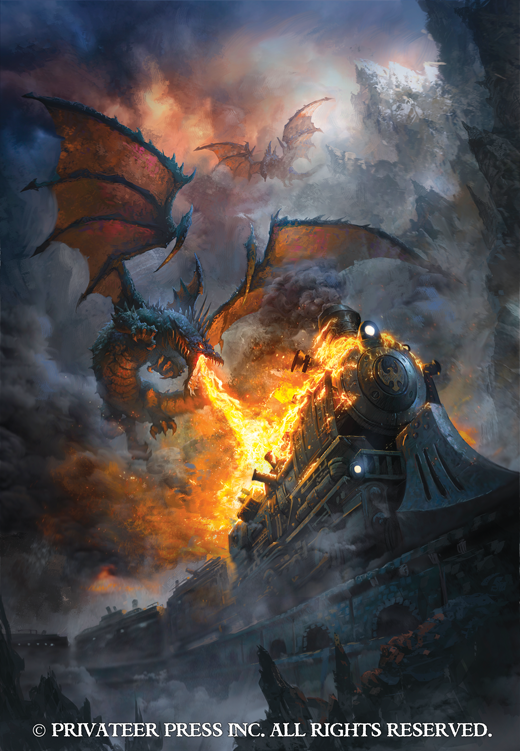
For the Trollbloods, those who read the Devastation fiction will not be surprised to learn that Madrak Ironhide has decided to take his people out of the Iron Kingdoms entirely. He has relocated the former Thornwood kriels to Alchiere, a sizable unexplored section of Immoren to the southeast of the Protectorate of Menoth’s border. This area has its own perils and dangers but has given these ill-fated kriels a place to set down some roots and build homes that might actually last. Still, I think it’s safe to say that Madrak will not be retiring from the battlefield, however much he might want to focus on spending time with his young son, Dag.
Some folks who read “Wrath of the Dragonfather” seemed to be under the mistaken impression that its ending returned things to a status quo, which is definitely not the case! I don’t want to spoil that story for those who haven’t read it, but the ramifications of that novella are huge and cross multiple Factions. The evolving relationship between Cygnar and Blighterghast is one interesting aspect of this, as is the fact that Toruk did not emerge unscathed.
There will be some lasting repercussions for the Legion of Everblight, especially for Rhyas, Saeryn, and Kallus. (Yes, I know you don’t know what happened to Kallus yet. That won’t change here…) By the end of the Mk II storyline, we also had a lot of degradation to the ley lines in areas of western Immoren—a result of Baldur’s earthquake ceremony combined with Wurmwood’s meddling and then Krueger’s scheme to reveal Everblight’s warlocks by tainting the ley lines with blight. This played into the end of the fiction in HORDES: Devastation, but that won’t be all. It should have some interesting longer-term ramifications for both the Circle Orboros and the Convergence of Cyriss. And, of course, having a tremendous earthquake set off across the skorne’s western fortresses right when they were in the middle of invading Ios wasn’t great timing as far as they are concerned. But they are a people who draw strength from suffering, so I doubt they’ll be set back too much.

Tensions among the leadership of the Protectorate of Menoth haven’t been fully played out yet, and that’s something we’ll be exploring in the near future. There are also some quite interesting shifts in focus and priorities going on in both Khador and Cygnar that will show their significance soon. There are countless facets to upcoming developments that I can’t touch on yet. Regardless of how some of these specific plots and schemes play out, I am looking forward to the upcoming cycle and seeing some of the seeds we’ve planted grow.
The background of Immoren and thus Warmachine & Hordes has constantly been moving forward. It’s quite a vast and immersive setting that you can really sink your teeth into. If you’d like to learn more about Immoren our sister-site Lexicanum has and ever growing Iron Kingdoms section so go check that out to help get caught up.
Warmachine & Hordes Mk III – make way for the all new edition!

